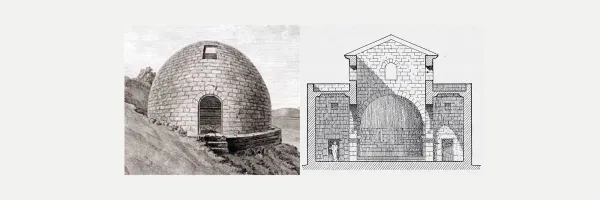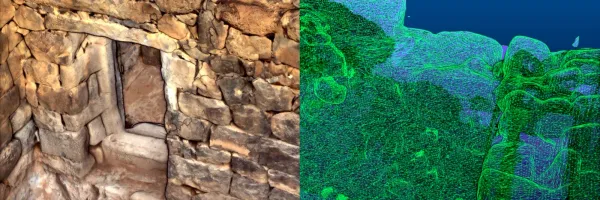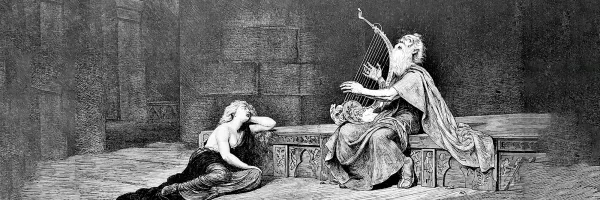Arthur's O'on: A Scholar's Return, 15 Years Later
Part 1: Looking Back, Looking Forward
Fifteen years ago, I completed my master's thesis at the University of Durham on a monument that no longer exists. Arthur's O'on—sometimes called Arthur's Oven—was a curious, domed stone structure that once stood on the banks of the River Carron in central Scotland, near Falkirk and the Antonine Wall. Destroyed in the eighteenth century, it has survived only in sketches, antiquarian debates, folklore, and the lingering names of places in the landscape.
It was, to be candid, a strange choice for a dissertation topic. Few modern scholars had much to say about Arthur's O'on—with the notable exceptions of Ken Steer and Iain Gordon Brown—and others who did usually dismissed it as an antiquarian curiosity. But for me, it was irresistible: here was a monument that was once celebrated as one of the "Wonders of Britain," that carried centuries of myth and memory, and yet had slipped into near obscurity.
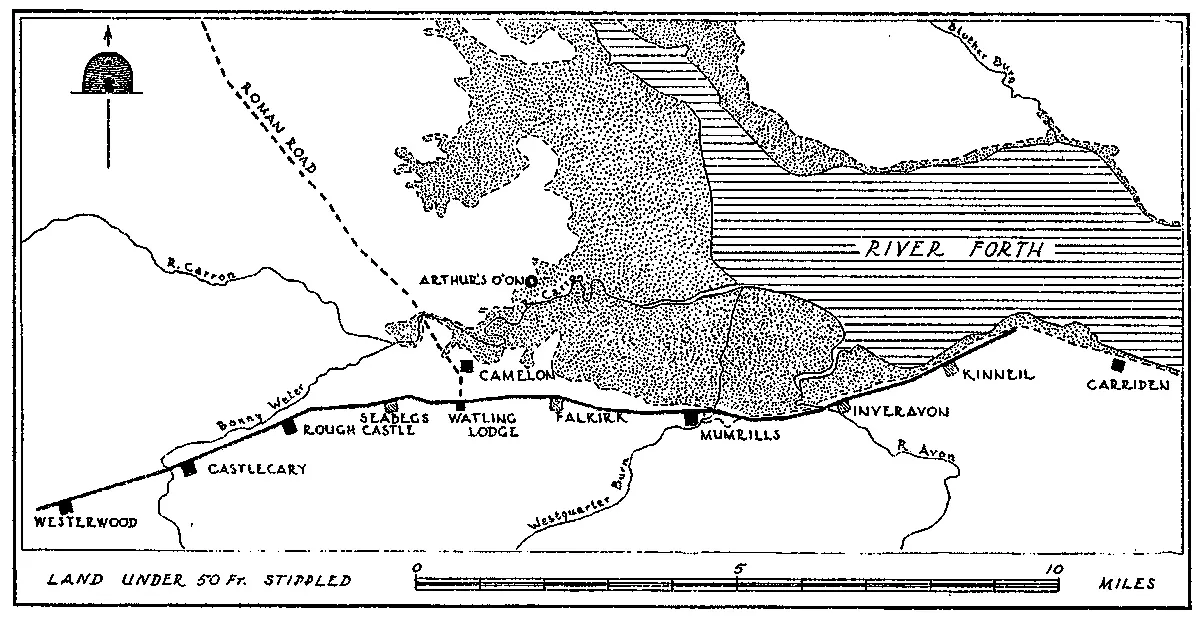
A first foray into serious research
This was my first substantial piece of scholarship, and it was both daunting and exhilarating. I quickly discovered that studying Arthur's O'on meant diving into a sea of manuscripts, antiquarian treatises, folklore collections, and early modern debates. Even more challenging, I chose to approach it through an unconventional lens—borrowing Michel Foucault's “archaeology (or genealogy) of knowledge” and applying it to the physical traces of archaeology. In other words, I wasn't just interested in what Arthur's O'on was, but in how it had been written about, reinterpreted, and repurposed over the centuries.
At the time, this felt like an odd methodological experiment in a niche corner of Roman frontier studies. I couldn't quite articulate why it mattered beyond my personal fascination, or beyond the small circle of scholars who might care about Roman Scotland or Foucault's historiography. But the project was empowering precisely because of that challenge. I had carved out a space for myself, however small, and proved to myself that I could contribute something original.
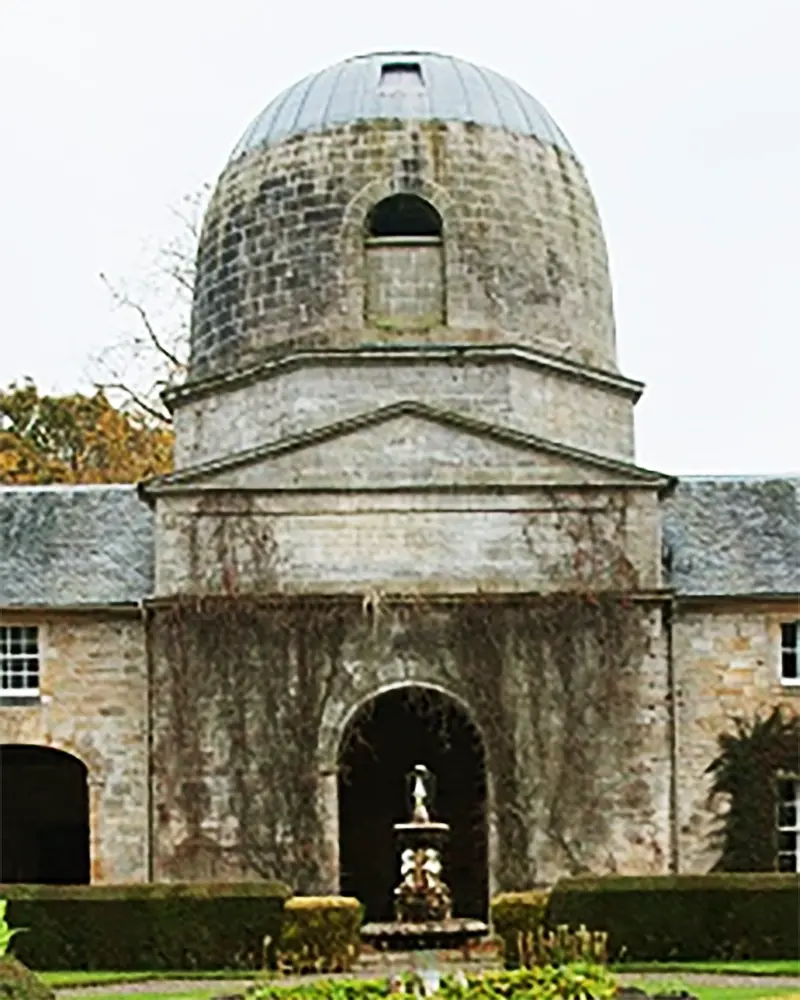
Seeds of a scholarly path
Looking back, I can now see how much of my later work was seeded in that MA thesis. My subsequent research on chorography—the study of place and its representations—was directly inspired by Arthur's O'on. My first peer-reviewed article, on seventeenth- and eighteenth-century Scottish antiquarians and their chorographic writings, grew straight out of these early investigations. That piece, published in the Journal of Art Historiography, set me on a trajectory that would shape my doctoral dissertation and has since become one of my most cited contributions.
More broadly, Arthur's O'on marked the beginning of my commitment to what I've come to call the "archaeology of place:" a way of thinking that takes landscapes, monuments, and even ruins not as static objects, but as sites of layered meaning—material, cultural, and imaginative. From Scotland to Jordan, that orientation has become one of my strongest intellectual compasses.
Reaching beyond academia
What I didn’t expect at the time was that my MA research would also ripple into wider public conversations. In 2013, journalist and author Charlotte Higgins drew on my work for her acclaimed book Under Another Sky: Journeys in Roman Britain. She and I exchanged long conversations about Arthur's O'on, and I shared my thesis with her. Her chapter on Roman Scotland—an edited extract of which appeared in The Scotsman—featured the O'on's story and brought the monument to a far larger audience than I could have reached myself.
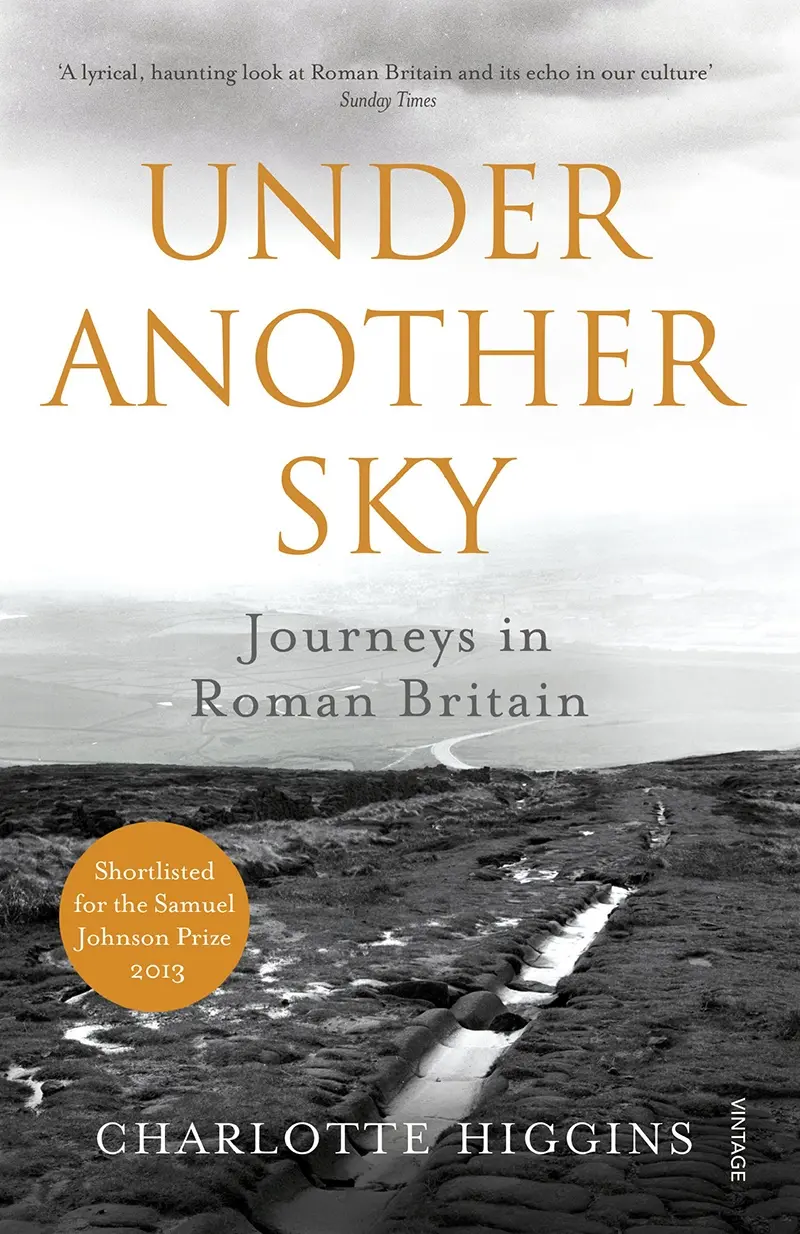
That moment was a small but formative lesson in public scholarship: the stories we uncover in the archives, footnotes, or on/in the ground don't have to stay there. They can resonate with readers, shape cultural memory, and even change how the past is remembered.
Setting the stage
This six-part series is my return to Arthur's O'on—fifteen years on. In what follows, I will retell the story of the monument: what it was, how it was imagined, why it was destroyed, and how it has lived on in myth, memory, and material traces. But I will also reflect on what it has meant for me as a scholar, and why I still find lessons in a ruined and forgotten monument in central Scotland while working today in the very different landscapes of Jordan.
Arthur's O'on is long gone. Yet it endures—as a wonder, a warning, and a window into how people make meaning from the past.
Continue reading this series:- Part 1: Looking Back, Looking Forward (current page)
- Part 2: The Monument That Was
- Part 3: Myths, Names, and the Making of Meaning
- Part 4: Destruction and Outrage
- Part 5: Afterlives and Reimaginings
- Part 6: Fifteen Years On—Fom Falkirk to Jordan
Or download the complete essay (all 6 parts) as a single document:



